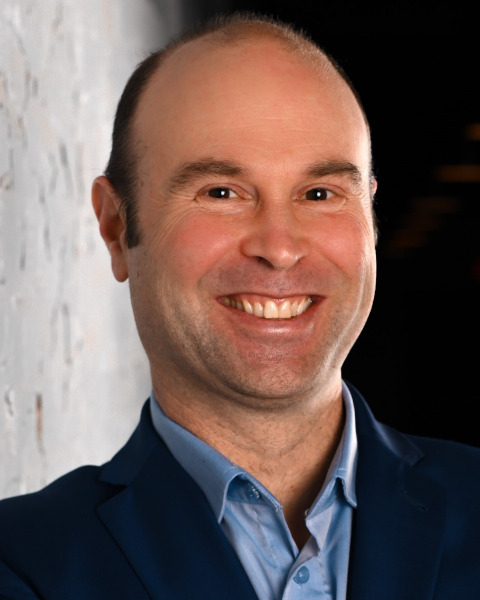SEMI U
SEMI U: Plasma Etching, ALE, & RIE
-

Richard Beaudry
CEO
Digitho Technologies
Granby, QC, Canada
Speaker(s)
This course discusses the fundamentals of plasma assisted phenomena and reactive ion etching (RIE) processes. The emphasis is on the physical and chemical processes that determine the consequences of a reactive gas plasma/surface interaction. The role of energetic ions as encountered in RIE systems is discussed in detail and the factors which influence anisotropy of etching are highlighted. Plasma-assisted etching equipment is described including capacitively coupled, inductively coupled and wave-generated plasmas sources. This course is intended for scientists, technicians and others working with or interested in the dry etching of materials in reactive gas glow discharges, particularly those who do not have extensive experience in the field.
The instructor discusses the applied aspects of plasma-assisted etching from a general point of view. The emphasis is on mechanistic understanding. The etching of Si and its compounds is covered in detail. The chemistries used in the etching of other technology-related materials such as Al, organics, and III-V compounds are summarized. Other topics presented include selectivity, loading, ARDE and feature scale problems, damage, and issues associated with high-density plasma RIE. A section on plasma diagnostics and ion-beam based etching methods is briefly discussed.
Topics covered:
-Fluorocarbon plasma etching of Si and its compounds
-Selectivity, loading effects, and aspect ratio dependent etching
-Uniformity of etching, damage, feature charging issues, and particles
-Etching of other materials (Al, organics, III-V compounds, etc)
-Plasma diagnostics such as optical emission spectroscopy with actinometry, mass spectrometry and laser-induced fluorescence
-Issues in high density plasma etching, wall effects, and ion beam-based methods
-Deep Reactive Ion Etching (DRIE)
-Applications and processing etching using ALE
-End point detection
Learning Objectives:
- Understand the fundamentals of dry etching and the basic concepts of plasma etching.
- Understand the physics of rf glow discharges (both high and low density).
- Understand the surface science aspects of RIE including the role of energetic ions.
- Recognize the which influence etching anisotropy.
- Define the steps of plasma-surface chemistry leading to etching.
